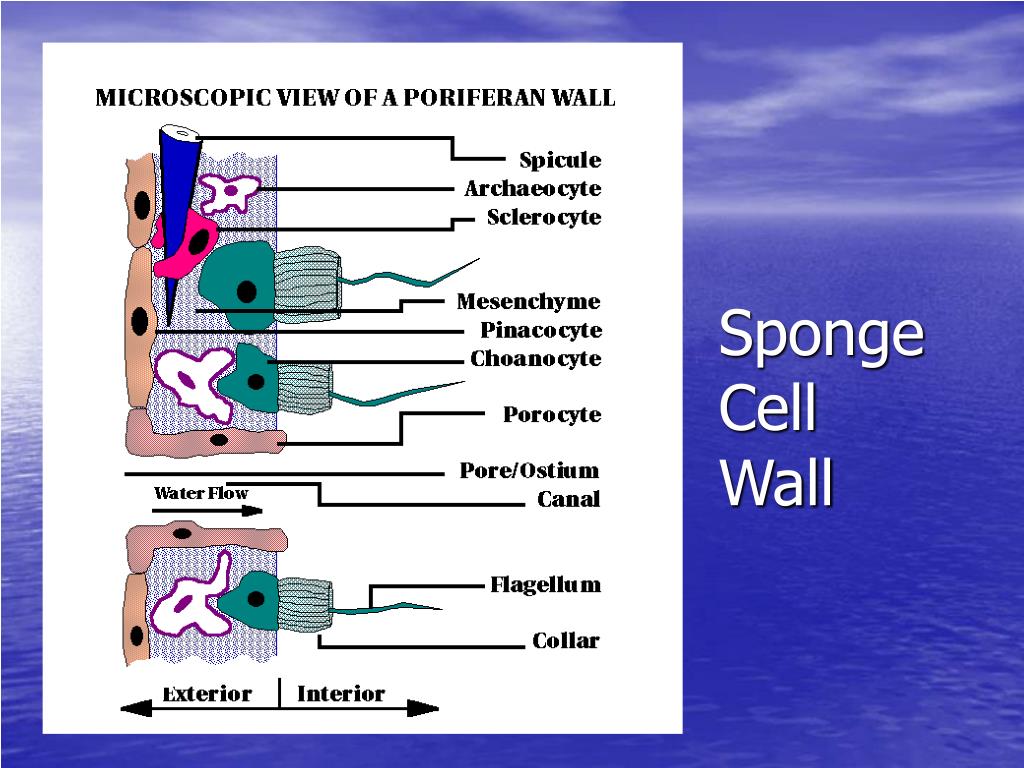

Each cnidocyte cell has a long, coiled, tubular harpoon-like structure, called a nematocyst (Greek root word nema meaning thread Greek root word cyst meaning bag). However, one or the other is the dominant phase in different species. Figure 3.25 demonstrates some examples of body plans showing radial symmetry.Ĭnidarians have a unique feature: stinging cells called cnidocytes (NID-uh-sites). Some cnidarians go through both a polyp and medusa phase in their life cycle. In many ways polyps and medusae are really the same basic body plan, except each is upside down compared to the other. Medusae come in many sizes ranging from small 2.5-centimeter-long box jellies to the lion’s mane jellyfish, which has an umbrella over 2 m across. Their mesoglea is thick and makes up most of their bulk. Medusae (plural the singular form is medusa) are not sessile, but rather are motile, meaning that they swim freely in the ocean (Fig. The mouth leads upward into the gastrovascular cavity. Medusa bodies are shaped like an umbrella with the mouth and tentacles hanging down in the water. The second structural form that cnidarians have is called the medusa form. Most of these animals are small, but a few sea anemones can grow as large as 1 meter in diameter. Because they are sessile organisms, they can only capture food that touches their tentacles. Polyps attach to hard surfaces with their mouths up. The mouth leads to a central body cavity, the gastrovascular cavity (Fig. Tentacles form a ring around a small mouth at the top of the bag. The polyp form has a body shaped like a hollow cylinder or a bag that opens and closes at the top (Fig. Many cnidarians take two main structural forms during their life cycles, a polyp form and a medusa form.

Because the tentacles of corals, jellyfish, and sea anemones have this radial structure, they can sting and capture food coming from any direction. The body plans cnidarians generally have radial symmetry (Fig. Image courtesy of Julian Fahrbach, Wikimedia Commons


 0 kommentar(er)
0 kommentar(er)
